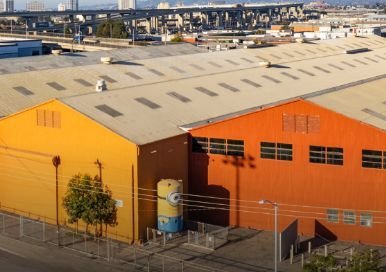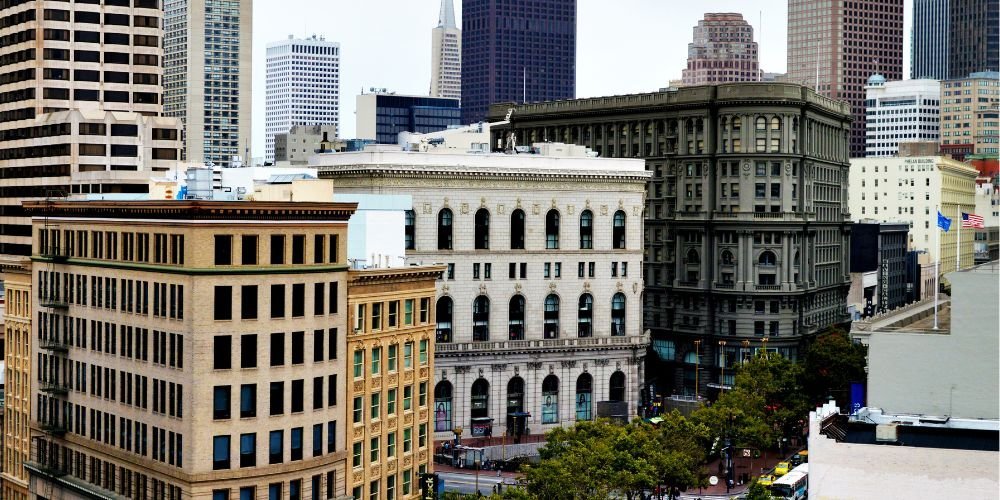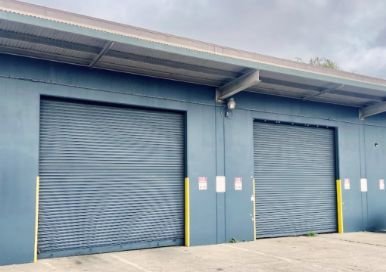
1699 West Grand Ave
Oakland, CAR&D Campus - Ready for Occupancy

Mixed-use development is revolutionizing urban planning, offering a blend of residential, commercial, cultural, and institutional spaces within a single project or area. This approach not only maximizes land use but also fosters vibrant, sustainable communities.
At IPG, we are committed to promoting innovative real estate solutions, and mixed-use development stands at the forefront of our urban planning strategies.
Mixed-use development refers to the combination of different property uses within a single project or area, typically encompassing residential, commercial, and institutional spaces. This holistic approach aims to create self-sustaining communities that reduce the need for long commutes and foster social interaction.
The significance of mixed-use development in the real estate industry cannot be overstated. It addresses the growing demand for sustainable living environments and contributes to economic growth by attracting businesses and residents to the same area.
According to the Minneapolis Fed, mixed-use development supports efficient land use and enhances the overall quality of life in urban settings.
Vertical mixed-use development involves multiple uses within a single building. For example, the ground floor might house retail shops, while the upper floors are dedicated to residential units or office spaces. This type is common in densely populated urban areas where space is limited.
Horizontal mixed-use development spreads different property uses across adjacent buildings within a single development area. This setup allows for larger retail spaces, offices, and residential units, providing a balanced mix of functionalities and easy accessibility.
Walkable mixed-use developments prioritize pedestrian accessibility, creating environments where residents can easily walk to shops, offices, and recreational facilities. These developments support sustainable living by reducing the reliance on vehicles and promoting healthier lifestyles.
Navigating complex zoning laws and regulations is one of the primary challenges of mixed-use development. Developers must work closely with local authorities to ensure compliance and address any legal hurdles.
Mixed-use developments often require higher initial investments and securing financing can be challenging. The complexity and scale of these projects necessitate careful financial planning and robust investment strategies.
Coordinating diverse architectural and engineering requirements for different property uses within the same development can be complex. Successful mixed-use projects require seamless integration of various design elements to ensure functionality and aesthetics.
Addressing concerns of existing residents and businesses is crucial for the success of mixed-use developments. Community resistance can be mitigated through transparent communication and involving stakeholders in the planning process.

R&D Campus - Ready for Occupancy

Multiple Warehouse Units. Multiple Warehouse Units.
Mission Bay is a prime example of successful mixed-use development in San Francisco. This project showcases the integration of residential, commercial, and recreational spaces, resulting in a vibrant community hub. The area includes biotech campuses, retail spaces, parks, and residential units, fostering a balanced and thriving environment.
Hudson Yards in New York City illustrates the economic and social benefits of mixed-use development. This mega-project combines office buildings, luxury residences, public parks, cultural spaces, and retail outlets. It has become a landmark development, attracting both residents and businesses while significantly boosting the local economy.
King’s Cross in London highlights innovative design and sustainable practices in mixed-use development. The project includes a mix of residential, office, retail, and educational spaces, alongside beautifully designed public areas. It sets a benchmark for future projects by integrating modern architecture with historic preservation and sustainability.
Future mixed-use developments will increasingly integrate smart technologies to enhance convenience, efficiency, and sustainability.
Sustainability will remain a key focus, with developments incorporating green building practices and eco-friendly designs.
Designs that prioritize community spaces and amenities will continue to gain importance, fostering stronger social bonds and healthier living environments.
Mixed-use development offers a myriad of benefits, from economic growth to enhanced quality of life. As urban planners and developers, considering mixed-use projects can lead to more sustainable, vibrant communities. At IPG, we are dedicated to helping you navigate the complexities of mixed-use development and unlock its full potential.